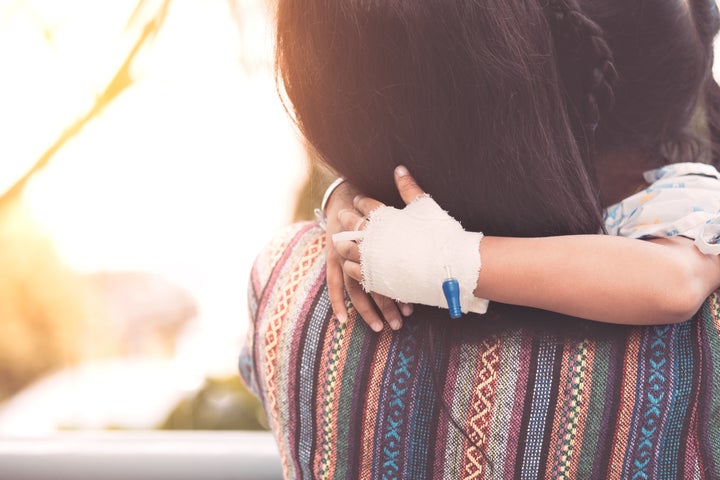
A couple of weeks ago, the Government’s call for evidence on its strategy to combat loneliness closed. It was easy to miss, with little or no media fanfare.
But the Government’s commitment to tackling loneliness and isolation in society is perhaps one of its boldest. Why? Because, as the late MP Jo Cox, whose foundation’s report has prompted Government action, said, “Young or old, loneliness doesn’t discriminate”. It is all ages, all classes, all faiths and backgrounds. And its consequences can be substantial and far-reaching for individuals, families, communities and the public purse. So, to address it takes courage – to drive real change and commit meaningful resources to make it happen.
The trouble is, when we think of loneliness, we often conjure up images of the elderly, perhaps living alone at home, increasingly isolated from their local community. And anyone working in adult social care knows this is a real challenge.
However, as the Office for National Statistics analysis suggests, younger people (16-24) were significantly more likely to report feeling lonely, and people with a disability, ill health or a caring responsibility were more likely to report feeling isolated.
Together for Short Lives knows that children with life-limiting illness and their families can be particularly affected by loneliness and isolation. We released our Hidden Lives report last year, to better understand these issues. Families were asked how caring for a seriously ill child had impacted on relationships with their wider family, friends, with their partner, other children, neighbours and work colleagues.
The findings were stark. 84% of families reported feeling isolated since their child’s diagnosis and 90% said their relationships, social life and interactions with friends had been adversely impacted. And for bereaved families, over 50% said their relationships with family and friends had been adversely impacted by their child’s death.
Beyond the statistics, the real-life impact was clear. As one parent said, “This must be the loneliest job in the world. Friends and families get tired of hearing how things aren’t getting any better. Even on a good day our ‘normal’ is very intense, providing a high level of care for our son.” And another said her sense of isolation “was really brought home when the only guests at my child’s first birthday were her two community nurses”.
Some of the reasons for this are perhaps obvious – caring for a child with a life-limiting illness can be an intense round-the-clock job with little time for the things many of us take for granted. It is emotionally draining and can be practically complex, with a range of adaptations and a bewildering array of appointments to keep.
Feelings of isolation and loneliness can be compounded by relationship breakdown. For many families, the 24/7 nature of caring for a child means one parent staying at home all day and one out at work. As one mother shared, “there are resentments on both sides as I have to stay at home with my son but feel so envious of my husband’s work life and the escape he gets. He feels sad he doesn’t get time with our son.”
But there is broader social discomfort, in which we all share responsibility, which can compound the sense of isolation for families. Many of us would like to believe that children do not die – indeed, a YouGov survey we carried out last year found that one in three people (38%) would not feel comfortable talking to a friend whose child had been diagnosed with a life-limiting condition. But this unease, this unwillingness to talk, perhaps at a time when these friends and family members need it most, serves only to deepen their isolation.
Our job is to continue to increase public understanding of children’s palliative care, to talk about the needs of children, families and the services that support them. And to play our part in helping to reduce isolation among the 49,000 families living this life right now. We do this through our existing helpline and family support service which we want to expand to reach out to more young people and families, to signpost them to local services and to put them in touch with one another. Having someone to talk to can be a lifeline to families facing the heartbreak of knowing their child will die young.
So, I applaud the commitment from Government to invest in the Building Connections Fund as a first step, and its intention to focus its loneliness strategy on the specific groups identified in the Office for National Statistics analysis – young people, people in poor health, carers, unemployed people, and bereaved people. Because children and families affected by life-limiting illness can find themselves in all of these at some point during their journey.
